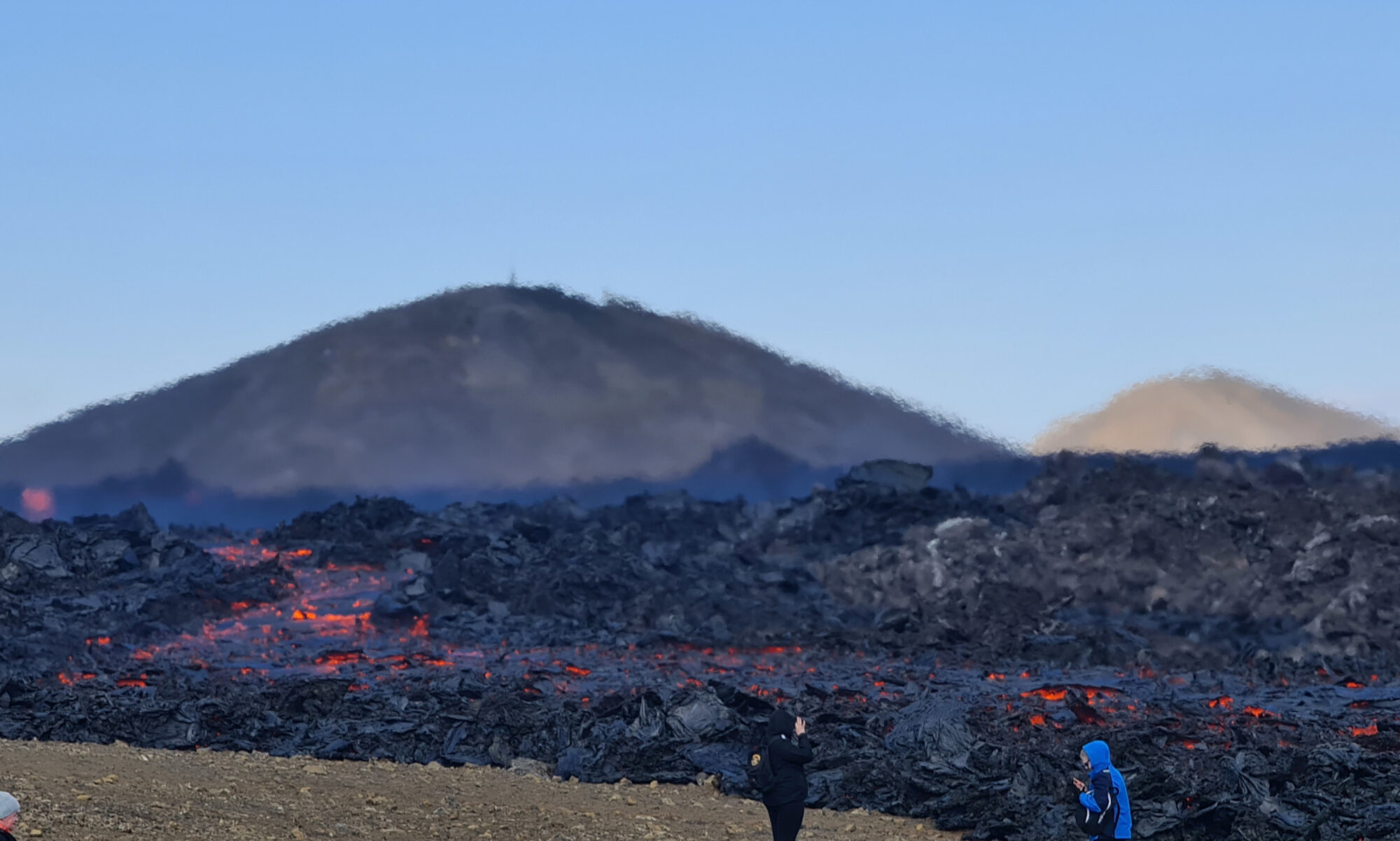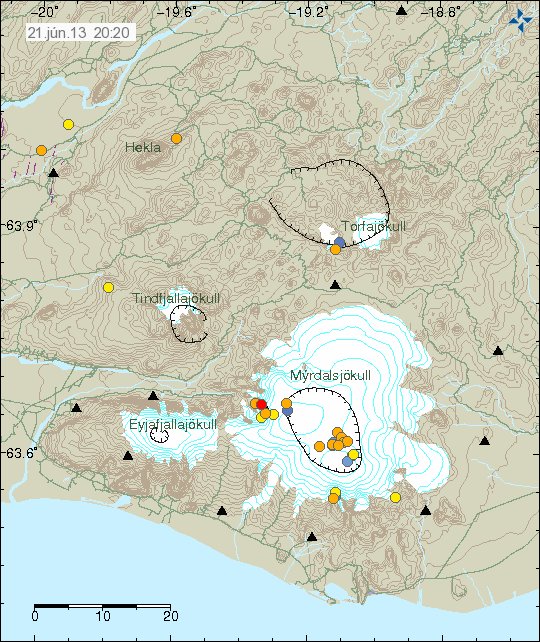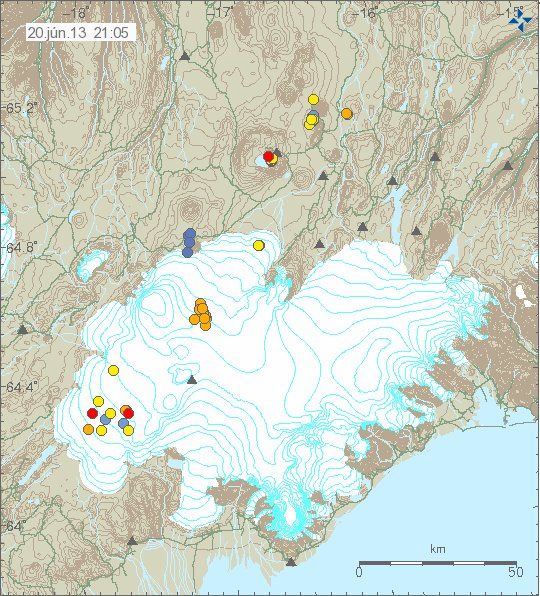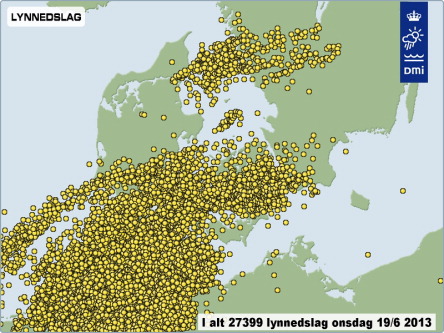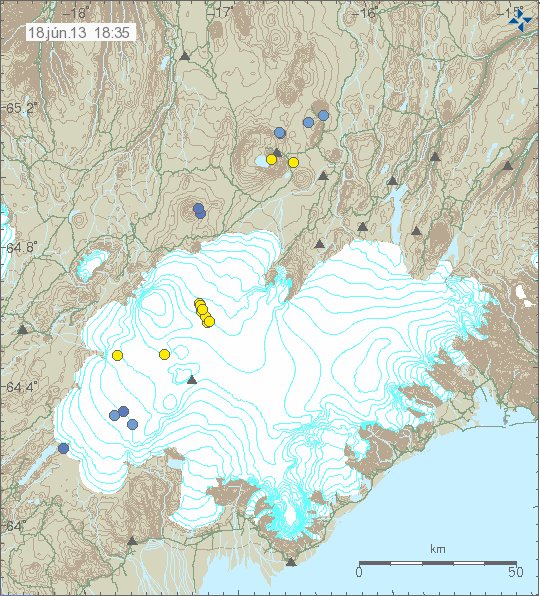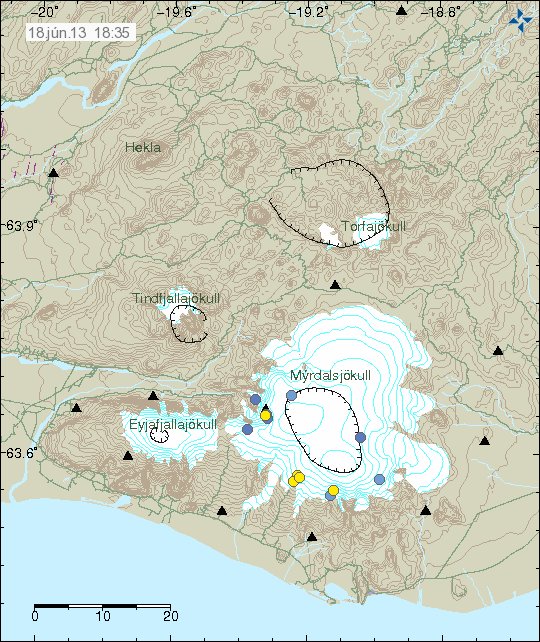There is little to nothing currently to write about in Iceland when it comes to activity in geology. What little activity is currently taking place in Iceland, I am going to write about after few moments.
Update on my local server
I now have a new server computer. I had a unused computer in Iceland and it was sent to me with the post. It was at my parents place where I had left it. It is now running FreeBSD-9.1 64-bit. I have set-up most of it, what is going to be completed later this evening is to set-up mrtg counters and properly configure it. It is a newer computer and it supports SATA har drives, the older computer was from the year 2003 (yes, I use really old hardware) and did not support SATA drives.
Thanks to a donation, I can buy a small Uninterruptible power supply for my earthquake monitoring computer and the ethernet hardware that I use. It is not meant to keep the computer up for a long time if the power goes out in a thunderstorm. Rather just to keep the computer running during the short period of power issues during a thunderstorm. The UPS that I am buying only costs 78,95€ so it is rather cheap. But as it stands, I am broke so buying hardware like this becomes expensive for me. I need at least three more, two for my computers (Desktop + server) and one for my ethernet hardware ( switch + router/wan box).
Hardware donations
I have been asked if I can take hardware donations. Since I am living in Denmark I can do so, but you have to email me first in order to see if the hardware you have is something that I can use. I cannot use everything out there and that is just the way it is. So if you want to donate a hardware for me, please let me know. I can accept hardware from other EU countries. I might be able to accept hardware from the U.S if it runs on 230V/50Hz (and there is no customs duties on it during import). Since that is the voltage standard in Europe.
As always I am looking for donation since I need to make living somehow. I get something from advertisements, but when things are quiet in Iceland traffic drops as expected and I get less advertising income from Google Adsense.
Website
In order to get more comments. I have removed the register requirement for people commenting, it might increase spam. But I have also added new spam protection in order to keep spam down. There is also the risk of comments being falsely identified as spam, if you think that has happened. Just let me know. I have comment moderation on, that increases the work for me a little bit. But it helps in keeping the spam down.
I am also going to add infolinks back as a advertiser. This also applies to my other blogs in English (with the exception of my stories web site). I need to increase my income and this is my only way to do so without constantly asking for donations. I am going to try and have the advertisements as convenient as possible on my blog sites.
